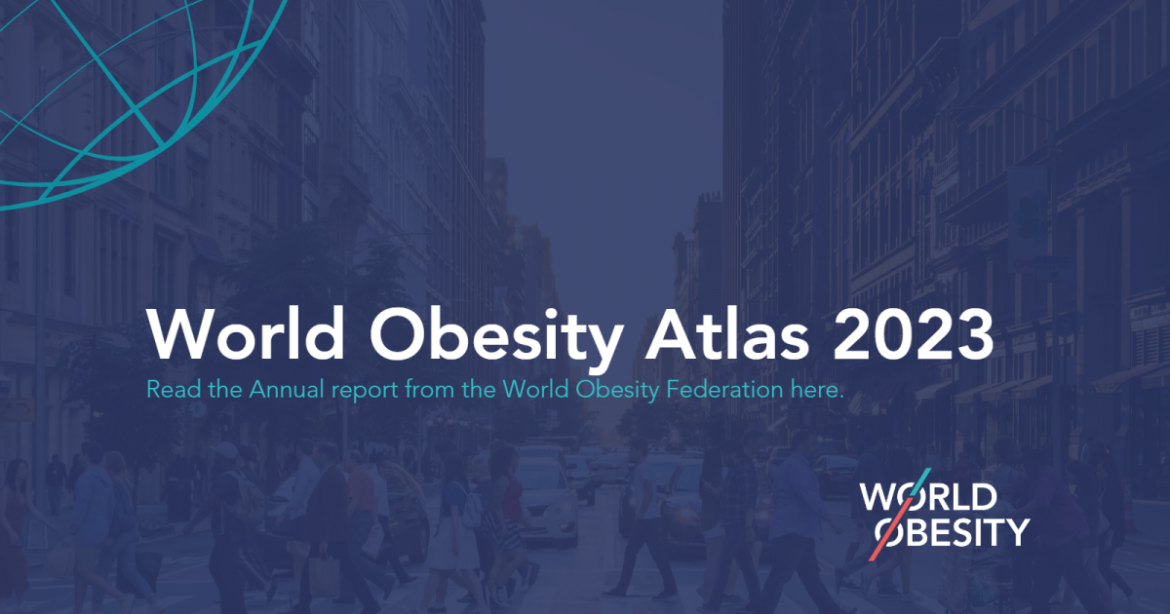By Asmau Ahmad with agency report
Over half of the global population will be obese or overweight by 2035, according to a new report from the World Obesity Federation.
According to a report published by CBS News on Friday, the current trend may also lead to an increase in childhood obesity.
In the 2023 World Obesity Atlas report, the WOF projected that 51 per cent of the global population will be “living with overweight and obesity within 12 years if prevention, treatment and support do not improve.”
If current trends prevail, the report also predicts childhood obesity could more than double compared to 2020 levels.
“Rates are predicted to double among boys to 208 million (100 per cent increase) and more than double among girls to 175 million (125 per cent increase) and are rising more rapidly among children than adults,” CBS News reported.
The World Health Organization (WHO) defines overweight and obesity “as abnormal or excessive fat accumulation that presents a risk to health. A body mass index (BMI) over 25 is considered overweight, and over 30 is obese.”
The increases forecast in the report would mean 1 in 4 people will be living with obesity, compared to 1 in 7 today.
“This year’s Atlas is a clear warning that by failing to address obesity today, we risk serious repercussions in the future. It is particularly worrying to see obesity rates rising fastest among children and adolescents,” said Louise Baur, president of the World Obesity Federation, in a statement about the report.
“Governments and policymakers around the world need to do all they can to avoid passing health, social, and economic costs on to the younger generation. That means looking urgently at the systems and root factors that contribute to obesity, and actively involving young people in the solutions.”
CBS News reported further that while obesity is often seen as an issue for wealthier countries, where rates are generally higher, the report found lower-income countries are facing rapid increases‚ adding that these countries are the”least able to respond to obesity and its consequences.
“Of the 10 countries with the greatest expected increases in obesity globally (for both adults and children), 9 of those are from low or lower-middle income countries,” the report states.
Being overweight and obese are risk factors for a number of chronic diseases, including cardiovascular diseases such as heart disease and stroke, diabetes and certain cancers.
Childhood obesity is associated with a range of serious health complications as well as an increased risk of premature onset of related illnesses.
BMI is a formula that uses a person’s height and weight ratio to assess whether they’re underweight, normal weight, overweight or obese, although it is not a direct measure of body fat.
While it’s a tool that’s been used by doctors for decades, the system of measuring has increasingly come under fire with critics denouncing BMI as not just unreliable but sexist and racist. And as CBS Reports found in 2020, even many clinicians who see value in it also recognize its flaws.
The Centres for Disease Control and Prevention considers BMI an “inexpensive and easy screening method” that is “strongly correlated” with weight-related medical conditions.




